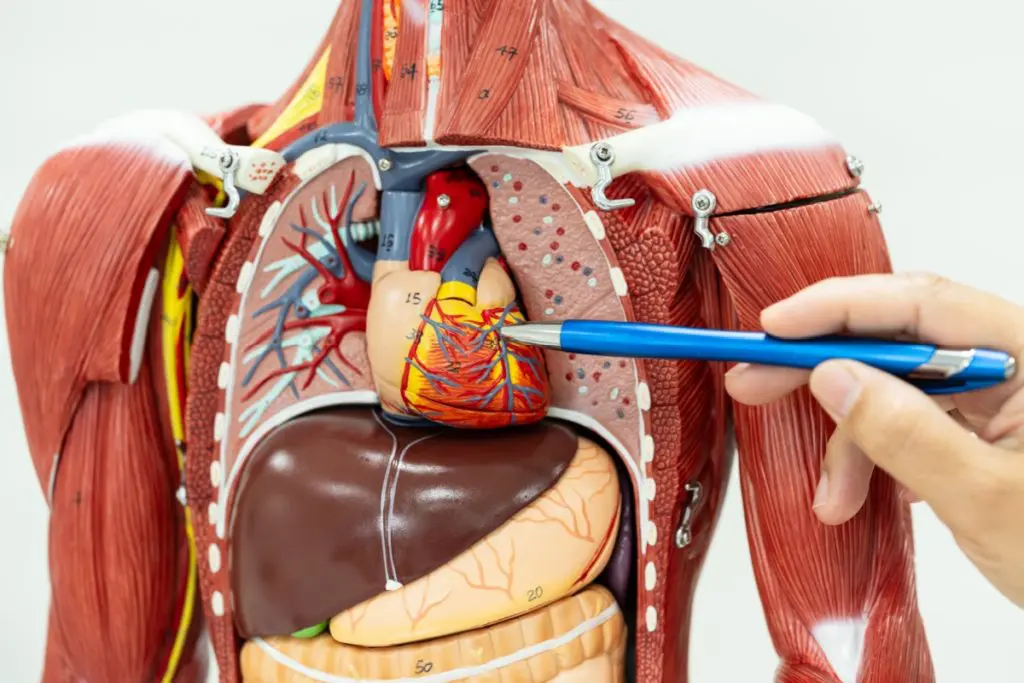Don’t let anyone tell you how much you’re worth.
Especially me.
Okay, I warned you.
Before we get too morbid here and start discussing the black-market value of body parts, I know a few less disgusting but still just as pragmatic ways to put a dollar value on us.
Let’s start with how much the government thinks you’re worth.
The federal minimum wage in the U.S. is $7.25 per hour. That means if you worked for federal minimum wage eight hours a day, five days a week, you would make $15,080 per year.
Let’s say you worked from age 16 until retirement at age 65. You would earn $738,920.
So, Uncle Sam thinks the lifetime of a worker is worth at least three-quarters of a million dollars.
Let’s look at it another way. Keystone Law analyzed 30 years of aviation disaster data to determine the average airline payout to victims. In the U.S., that payout was $5.2 million.
Using these two data points, the average human life in the U.S. is worth anywhere from $700,000 to $5 million.
Those figures attempt to put a dollar value on a human’s potential. Forgive the macabre, but let’s get granular.
Dollar Value of Organs and Body Parts
Of course, this information is for educational purposes only. The black market for organs is illegal, unethical, and could kill you. We don’t condone, support, or encourage the buying or selling of body parts.

Selling is bad, but donating body parts saves lives. According to the Red Cross, a single blood donation can save more than one life. Imagine how many lives are saved each year, as nearly seven million people donate blood in the U.S.
(Factoid: It’s a lot of lives saved and calories burned. Harvard Medical School says you burn about 650 calories every time you donate one pint of blood. You know, just in case you still aren’t quite ready for swimsuit season.)
Okay, let’s go all in on this. Here are the black-market values of various other body parts.
The value of this blood on the black market would be about $300 per pint. The average human has about 10 pints of blood, for a total blood value of $3,000.
The most trafficked organ is the kidney. In developed countries like the U.S., a kidney costs around $150,000. That’s almost a quarter of as much as you’d make your entire working life on federal minimum wage.
A liver or part of a liver sells for up to $500,000. Did you know you can donate up to 70% of your liver, and it will regenerate to full size within a few months after donation?
One lung sells for around $200,000. Lungs don’t regenerate like livers, but people live healthy, active lives with only one lung. The single organ adapts and expands to compensate for the lost lung.
The price of a cornea is around $30,000. However, corneas are never donated before death, as they are necessary for the eye’s functionality. Without a cornea, you will not be able to see.
Another organ that’s not typically donated while the host is alive is the pancreas. While a part of the pancreas is sometimes offered during a kidney transplant between very closely related people, most pancreas donations are done postmortem. The black-market value of a pancreas is about $140,000.
The small intestine is another organ sought on the black market. It is one of the hardest organs for the body to accept as a transplant because it is highly vascular and very prone to infection. Those who receive an intestine transplant require a lifetime of immunosuppressive therapy. Still, the body part is sold for around $150,000.
The Tin Man would need about $119,000 to purchase a heart on the black market. Heart transplants are much more successful now than they were in the past. The five-year survival rate (for the recipient, not the donor) is around 75%.
To the disappointment of zombies everywhere, the brain is not available on the black market. This is because science hasn’t yet discovered how to transplant the brain.
The skeleton is a part of the body that’s legal to sell. It costs around $3,000 and is often sold to medical and educational institutions. The only catch is it’s a lot harder to get around after you sell it.
Skin is one of the least valuable body parts, only fetching around $10 per square inch. For comparison, leather is valued at about $0.10 per square inch, so human skin is worth a lot more than a cow’s, even if it pales in comparison to the value of the body’s other organs.
Bone marrow is one of the most valuable body parts, selling for around $23,000 per gram. The amount of bone marrow donated during a single procedure is about 400 to 800 grams. That’s up to $18.4 million worth of bone marrow.
Sum Up
If you were to add up the black market dollar value of everything in your body, some sources say you’d get to about $40 million. While that wouldn’t make you one of the richest people in the world, it is still a pretty good chunk of change.
That’s much higher than the courts have forced airlines to pay families after a disaster. It’s many times more than the federal minimum wage suggests our work is worth. But it’s nothing compared to a life well lived.
These numbers are good fun to look at for informational purposes, but never forget that the true value of human life is in the living of it. So, go out and have an adventure. It will be priceless.